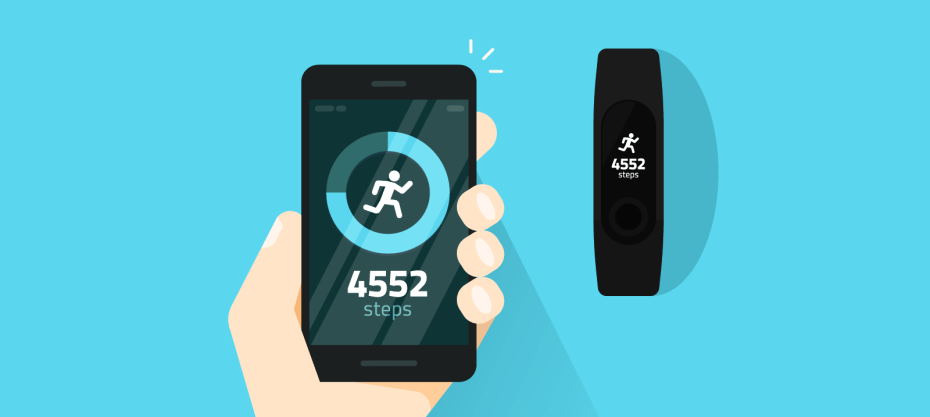A pedometer is a little gadget that counts how many steps you walk each day. A pedometer is a fantastic motivator, but it isn’t enough. Several randomized experiments have shown that carrying a pedometer and setting a goal together is more beneficial. A usual aim is to walk 10,000 steps each day, around five miles depending on your stride length. In this article we will talk about amazing pedometer uses that will make you walk more.
What is the mechanism behind it?
A little lever arm within the pedometer travels up and down whenever your hip moves, calculating your steps. It also considers motions like leaning down to tie the shoes; everything that moves counts.
Is it also capable of measuring distance?
A distance function is available on some pedometers. This necessitates measuring the overall lifespan of your foot and entering the data into the gadget. This is commonly accomplished by counting the effort required to walk 100 metres and computing the normal step length. By counting your footsteps, it’s crucial to walk at the same rate you regularly do. Our step lengthens as we walk faster, and our stride shortens when we walk slower.

What is the best way to wear a pedometer?
Here are ways pedometer use can help you walk more every day:
- The pedometer should be positioned on the hip, ideally on the shoulder strap of your pants or skirt, in line with your kneecap.
- You may also wear it beneath your clothes, on the waistband of your underwear, if you aren’t wearing everything with a waist belt.
- Keeping the pedometer upright is critical since it won’t measure correctly otherwise.
- Simple strategies to get more steps in your day
- Park your car some few blocks from your location and walk the remaining distance.
- Appreciate the stroll after getting off the bus a few stations from the one you want.
- Rather than taking the elevators or staircase, use the steps.
- Rather than meeting for coffee, go for a stroll with your buddies.
- After supper, go for an evening stroll and appreciate the moment alone and with family.
- Take a walking lunch break to have some fresh air.
- Use the remote control no more.
While you’re on the phone, march in place.
 Walking using a pedometer as a programme will help is becoming increasingly popular in various health-related areas to increase PA levels and improve overall health in a diverse group of people.
Walking using a pedometer as a programme will help is becoming increasingly popular in various health-related areas to increase PA levels and improve overall health in a diverse group of people.
Pedometers can give useful statistics on the number of steps and total distance, the amount of time spent doing an exercise, and an estimation of energy consumption. Their plurality is a valuable and consistent instrument for improving and evaluating physical activity, especially when used with a walking programme.
A pedometer is a simple and easy-to-use measuring device. You only need to continue to bring it with you every time you walk out within a simple calibrating pattern and process your stride length. Pedometer use can help you walk more and improve your health. Thanks to a detector that responds to each impulse created by your emotions, it accumulates your paces after turning on.
If you want to lose some weight by walking actively or quickly, you’ll need a pedometer to track your steps and compute your calories burned. Your pedometer will require additional details to accomplish this: your body mass index. These details will subsequently be linked to your activities.



